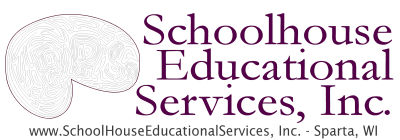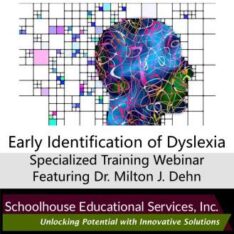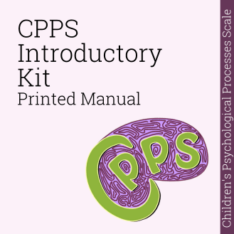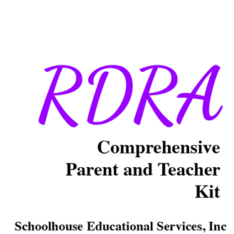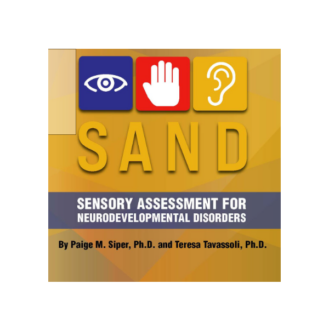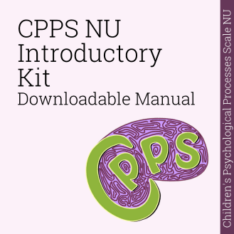Webinar on Early Identification of Dyslexia
Length: 1 hour, 40 minutes
Presenter: Dr. Milton Dehn
Description: This webinar begins by discussing dyslexia definitions, characteristics, and legislation, followed by a detailed discussion of orthographic processing. The focus then shifts to assessment strategies and examples of relatively new dyslexia-specific measures. This is followed by recommendations for screening young children for dyslexia and an introduction to a recently released, norm-referenced screener. Case studies are included.
An estimated 5 to 8 percent of the school-age population is thought to have dyslexia.
According to the International Dyslexia Association, dyslexia is
“a specific learning disability that is neurobiological in origin and is characterized by difficulties with accurate and/or fluent word recognition and by poor spelling and decoding abilities.”
Dyslexia Subtypes
- Deep dyslexia involves problems applying phonological rules and a weakness in phonological processing. It is often labeled as Dysphonetic Dyslexia or Phonological Dyslexia.
- Surface dyslexia is characterized by low sight word vocabulary, weak reading of irregular words, slow reading rate, and spelling errors. These difficulties are usually attributed to a deficit in orthographic processing which is the ability to visually recognize and remember printed words, letter sequences, and letter patterns and to spell phonetically irregular words.
- Mixed dyslexia, which is common in dyslexics, is an appropriate diagnosis when the reader displays both surface and deep characteristics.
Assessment Recommendations
With the current emphasis on the neurobiological basis of dyslexia, cognitive assessment should focus on the neurological correlates of dyslexia to determine if significant neurological processing deficits exist.
The main processes associated with dyslexia that should be assessed are:
- phonological processing
- orthographic processing
- auditory processing
- oral language
- processing speed
- verbal long-term recall
- visual-spatial long-term recall
- rapid automatic naming
- verbal working memory
- visual-spatial working memory
Early Identification of Dyslexia
It is best to identify dyslexia early so that evidence-based treatment can begin early. When screening and assessing young children (ages 4-8) for dyslexia, it best to focus the assessment on the early cognitive predictors of reading development: phonemic awareness, orthographic processing, rapid automatic naming, verbal working memory, and oral language development. Parent and teacher rating scales might be used for initial screenings. For those identified as at-risk for dyslexia, direct testing might focus on the early cognitive predictors.
